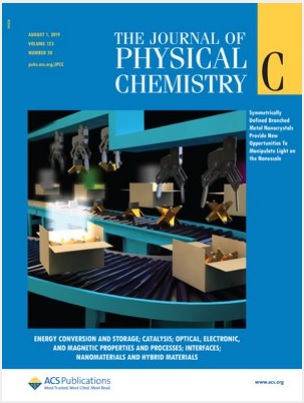The internal molecular mobility of a blockbuster antiulcer drug, ranitidine hydrochloride, was extensively studied by referring to the most-stable crystalline form (polymorph II) and the form loaded in the Santa Barbara amorphous-15 (SBA-15) silica matrix. The drug loading was performed from a solution, resulting in both the deposition at the outer silica surface and in the confinement within the mesopores. Both species were characterized by a number of physicochemical techniques, including calorimetry, powder X-ray diffraction, 13C solid-state NMR, and attenuated total reflection-IR spectroscopies. The molecular mobility in the samples of interest was thoroughly explored by combining 1H NMR relaxometry with theoretical modeling in the framework of Monte Carlo and solid-state density functional theory simulations. These allowed for a quantitative description of the 1H NMR experiments. For the crystal structure, the molecular dynamics in a broad time-scale window of the NMR experiments can be attributed mainly to the reorientation of the methyl groups. The outer-surface deposits were found to be the amorphous form with only a minor contribution of the parent crystalline form. In this case, weakening of the intermolecular forces leads to the reduction of the energy barriers for the reorientation of methyl groups and activates the reorientation of fragments of ranitidine cations. The analysis of the samples confined in silica mesopores revealed that the ranitidine molecules exist in the form of the hydrochloride and cover less than half of the pore surface available in SBA-15, most probably forming the hydrogen bonds with the hydroxyl groups at the surface. Further reduction of the intermolecular interactions accompanying the loss of the crystal packing leads to pronounced conformational changes and results in the activation of the molecular segments and the entire ranitidine cations. In that way, further reduction and unification of the activation energies for the methyl groups is observed in the system. The knowledge of the mechanism of the increasing drug mobility and intermolecular interactions is important for the better understanding of the behavior of the confined molecules and for the future development of drug delivery systems.
